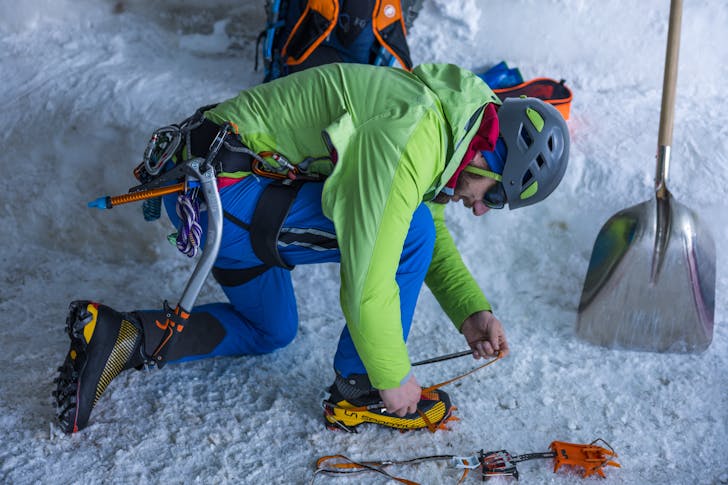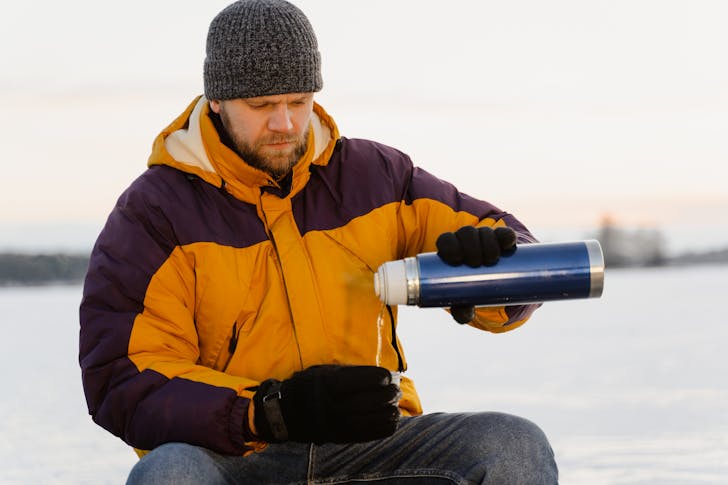Winter Hiking Guide for Every Outdoor Enthusiast
Winter hiking offers breathtaking landscapes and unique challenges, but unpreparedness can quickly turn a serene adventure into a dangerous ordeal. Cold temperatures, unpredictable weather, and icy trails demand careful planning to ensure safety and comfort. The following winter hiking guide offers essential tips to navigate trails confidently and avoid cold-weather risks.
Cold-Weather Clothing Essentials
Wearing appropriate clothing is critical for winter hiking. To maintain comfort, start with a three-layer system. A moisture-wicking base layer keeps sweat away from your skin, while an insulating mid-layer traps body heat. A waterproof and windproof outer layer provides protection from the elements. These layers can be adjusted as your activity level changes to avoid overheating or chilling.
Avoid cotton as it retains moisture and dries slowly, which can lead to discomfort and an increased risk of hypothermia. Opt for synthetic or wool fabrics that insulate even when damp. Additionally, it protects exposed skin to prevent frostbite. Use a neck gaiter for your face, gloves for your hands, and insulated socks for your feet. Well-fitting clothing that doesn’t restrict circulation is essential for maintaining warmth.

Phil Evenden | Pexels | Wearing appropriate clothing is critical for winter hiking.
Tools for Safe Winter Hiking
Proper gear enhances your winter hiking experience. Waterproof boots with good insulation and traction are necessary for snowy terrains. Gaiters help keep snow out of your boots, while a hat and gloves provide critical warmth. Carry an extra pair of socks and gloves to replace wet ones and maintain dry comfort during your hike.
Pack a headlamp with fresh batteries, as daylight hours are shorter in winter. Lithium batteries are more reliable in cold weather than alkaline ones. Store them close to your body to keep them warm. Sunglasses or goggles protect your eyes from reflective sunlight and wind, ensuring clear vision in snowy conditions.
Staying Hydrated and Energized in the Cold
Maintaining hydration and energy levels is vital during winter hikes. Cold weather often suppresses thirst, but your body still needs fluids to function effectively. Keep water bottles insulated and store them upside down to prevent freezing. If using a hydration reservoir, ensure the tube is insulated and empty it after each sip to avoid ice blockages.
Snack regularly to fuel your body’s metabolism, which generates heat. Foods like nuts, chocolate, and cheese remain pliable in cold conditions and are easy to eat on the go. Carrying a thermos with hot beverages such as tea or cocoa can provide warmth and comfort during breaks.

Tima Miroshnichenko | Pexels | Maintaining hydration and energy levels is vital during winter hikes.
Recognizing and Preventing Cold-Related Health Risks
Winter hiking presents unique health challenges like frostbite and hypothermia. Frostbite occurs when the skin and underlying tissues freeze, often affecting extremities like fingers, toes, and ears. Look out for signs such as pale, waxy skin or numbness, and treat early symptoms by warming the affected area gently. Avoid rubbing the skin, as it can cause damage.
Hypothermia sets in when the body loses heat faster than it can produce it. Early signs include shivering, clumsiness, and confusion. Immediate action, such as adding dry clothing, consuming warm food or drinks, and seeking shelter, can prevent the condition from worsening. Severe hypothermia requires professional medical attention.
Preventing these conditions involves proactive measures like staying dry, monitoring your body’s temperature, and taking breaks to check on your hiking companions. A little diligence goes a long way in ensuring safety.